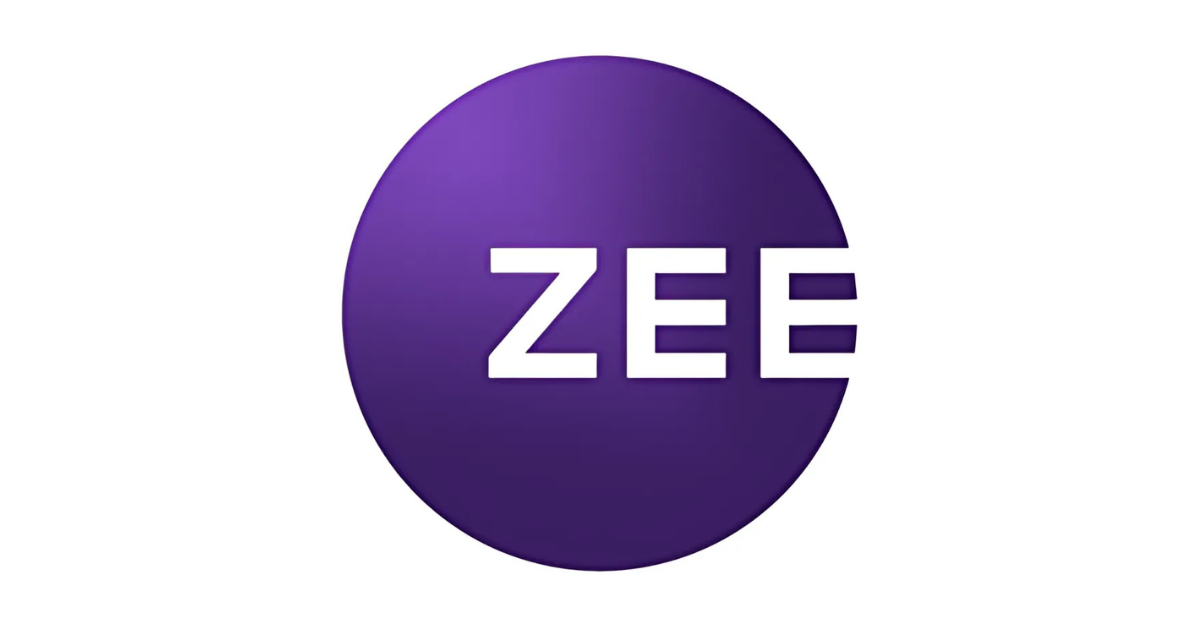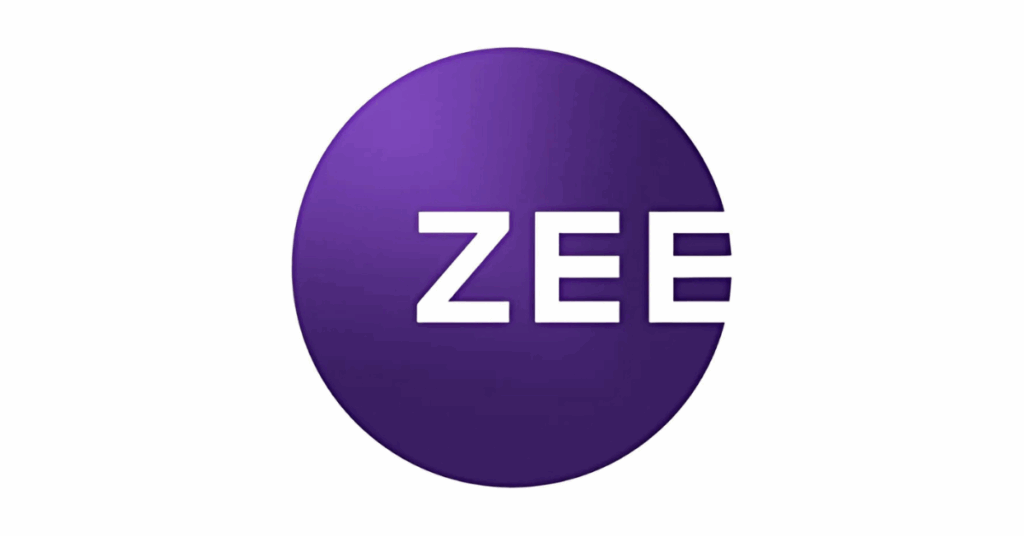
AI to Boost Global GDP by Trillions by 2030
Artificial Intelligence is set to significantly reshape the global economy, with projections indicating a substantial boost to GDP. A recent report estimates that AI could add nearly $15.7 trillion to global GDP by 2030. This transformative technology is rapidly changing industries and creating new opportunities for economic growth across the world.
The report highlights a disparity in AI adoption rates. Developed economies are leading the charge, with over 66 per cent having national AI strategies. In contrast, only 30 per cent of developing economies and a mere 12 per cent of least-developed economies have similar strategies in place. This difference underscores the need for broader access to AI resources and expertise to ensure inclusive global economic growth.
The race to harness the power of AI hinges on four key elements: computing power, data availability, sophisticated models, and skilled talent. While nations like the US and China are currently at the forefront, many other countries have the potential to make significant advancements by focusing on specific AI interventions. The potential impact of AI on global GDP makes it a crucial area of focus for policymakers and businesses alike.
Sectors Experiencing Growth
Certain sectors are experiencing more rapid AI integration than others, primarily due to the availability of large datasets and clear applications. The financial services and retail industries are leading the way in adopting AI solutions, leveraging data-rich environments to enhance customer service, streamline operations, and improve decision-making. These sectors have readily embraced AI to gain a competitive edge and drive economic growth.
However, the report also indicates that socially critical sectors such as agriculture and public services are lagging behind in AI adoption. These sectors often face challenges related to fragmented infrastructure, limited funding, and difficulty in demonstrating a clear return on investment. Overcoming these hurdles is essential to unlock the potential of AI to address critical societal needs and contribute to broader economic growth. Increased investment and strategic planning are needed to accelerate AI adoption in these vital areas by 2030.
The uneven distribution of AI adoption across sectors highlights the need for targeted interventions and support. Addressing the specific challenges faced by sectors like agriculture and public services is crucial to ensure that the benefits of AI are shared more equitably across the global economy. By fostering innovation and providing resources to these sectors, we can unlock new opportunities for economic growth and improve the lives of citizens worldwide. The projected $15.7 trillion boost to global GDP by 2030 hinges on widespread AI adoption.
Challenges And Considerations
Despite the immense potential of AI to boost the global economy, several challenges and considerations must be addressed to ensure responsible and equitable deployment. One significant hurdle is the ethical implications of AI, particularly concerning bias in algorithms and the potential for job displacement. Careful consideration must be given to developing AI systems that are fair, transparent, and accountable.
Another key challenge is the need for robust data privacy and security measures. As AI systems rely on vast amounts of data, it is crucial to protect individuals’ privacy and prevent data breaches. Implementing strong data governance frameworks and investing in cybersecurity are essential to building trust in AI and fostering its widespread adoption. The report highlights the importance of addressing these concerns to unlock the full potential of AI to add $15.7 trillion to global GDP by 2030.
Furthermore, the skills gap poses a significant obstacle to realizing the benefits of AI. As AI technologies become more prevalent, there is a growing need for workers with the skills to develop, deploy, and maintain these systems. Investing in education and training programs is crucial to equip individuals with the skills they need to thrive in the AI-driven global economy. Bridging the skills gap will not only drive economic growth but also ensure that the benefits of AI are shared more broadly.














